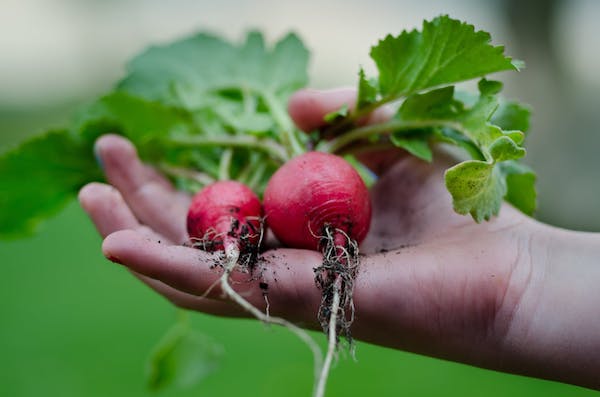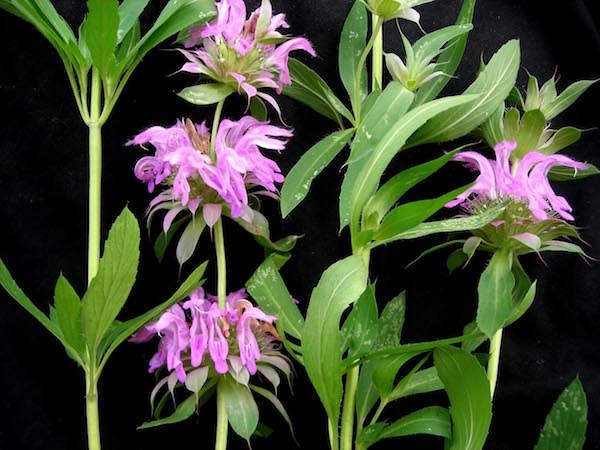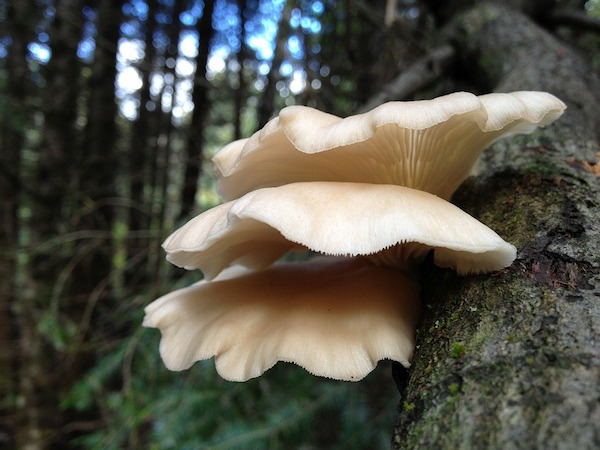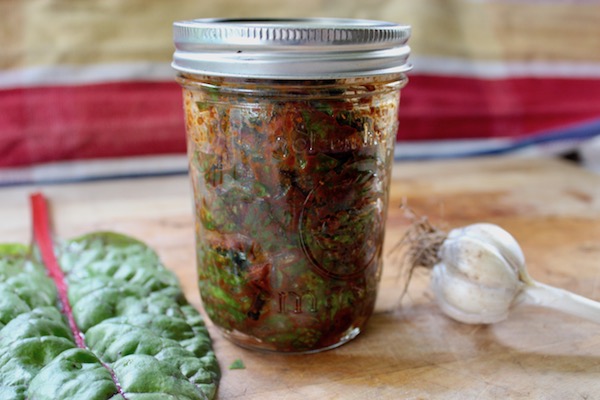Gardening is a great summertime hobby. You get to spend time in nature, lower your grocery bill, and for those with children, it’s a great learning opportunity. Unfortunately, it’s not a hobby you can pursue whenever you feel like. Like any living thing, a garden requires attention on mother nature’s schedule. A big garden can compete with other summer activities for your attention, particularly with vacations. Here are a few tips to help you keep a garden alive and still take a summer getaway.
Plan and plant accordingly.
If you know ahead of time you’ll be taking summer vacations you can plan your planting to better fit your needs. There are three key things to think about when planning your vacation tolerant garden.
Drought Tolerance
The first feature to look for is drought tolerance. Crops like flint and dent corn, sweet potatoes, and peppers will all probably tolerate missing a week of watering while you’re away. Many perennials like asparagus and rhubarb can also handle a bit of neglect once they’re established.
Weed Tolerance
You can also select plants that will outcompete weeds. Most crops need to be kept weed-free in the spring when they’re young but certain crops will keep themselves fairly weed free once they’re established. Vining crops like cucumbers, melons, pumpkins, and squash are ideal for this and can be used under taller crops like sunflowers, corn, or pole beans. Thick plantings of greens like kale can also keep out weeds once they’ve gotten started.
Harvest Dates
Lastly, if you know exactly when your vacation will be you can try to time harvests around that date with certain crops. While there are no guarantees in gardening, many plants provide fairly reliable harvest dates allowing you to plan when you’ll be home to harvest. Try this with crops like sweet corn, dry beans, and onions. Root crops are also ideal because they can be left in the ground for long periods and harvest when you get home.
Use mulch.
Another great way to make any plant more drought and weed tolerant is to use mulch. A layer of cardboard or newspaper covered with grass clippings, straw, hay, wood chips, or old leaves will keep weeds down for a large portion of the gardening season. Also by covering and insulating the soil, it will help keep it cool and moist even when you’re not home to water.
Install drip irrigation.
If you’re able, installing drip irrigation can make life a lot easier. Drip irrigation delivers water right to the base of the plant decreasing loss to evaporation so you lose less water. It’s also easy to set your system up on a timer making it perfect for those times when you’re out of town.
Weed, harvest, water.
It won’t be the most fun way to start a vacation but if you have time put in the work to thoroughly weed, harvest, and water your garden before heading out on vacation. You may still have some work to do when you get back but not nearly as much catch-up as you would otherwise.
Get a Garden Sitter
Many people hire pet sitters when they go away but few think about hiring a garden sitter. If you have a large garden hiring someone to harvest, water, and maybe even pull a few weeds while you’re away might be worth it. You may even be able to trade them some vegetables for their efforts.
Recommended Varieties
There are many varieties that will tolerate a vacation or two but here are a few we recommend.
- Ashworth Sweet Corn – dependable and early maturing (69 days)
- Floriani Red Flint Corn – needs minimal attention/watering once established
- Black Turtle Bush Dry Bean – good drought tolerance and reliable harvest date
- Suyo Long Asian Cucumber – hardy, heat-tolerant, variety good for pickling or slicing
- Connecticut Field Pumpkin – low maintenance once established, great for canning, baking, or jack o’ lanterns
- Hopi Dye Sunflower – drought tolerant, great for birds, eating, or just as an ornamental
Summer is a busy time for everyone. Use these tips to maintain a productive garden while still enjoying a few summer getaways.



 Though not actually a plant, mushrooms can help you make the most of your property because they love humid, shady spots. The mushroom spawn, available as plugs, comes from Sharondale Farms and makes cultivating mushrooms easy. The plugs are placed in holes drilled into logs and inoculate the log with mushroom mycelium. These logs will bear mushrooms for several years to come, giving you an edible product from your shaded areas. Great varieties for beginners to try include:
Though not actually a plant, mushrooms can help you make the most of your property because they love humid, shady spots. The mushroom spawn, available as plugs, comes from Sharondale Farms and makes cultivating mushrooms easy. The plugs are placed in holes drilled into logs and inoculate the log with mushroom mycelium. These logs will bear mushrooms for several years to come, giving you an edible product from your shaded areas. Great varieties for beginners to try include:

